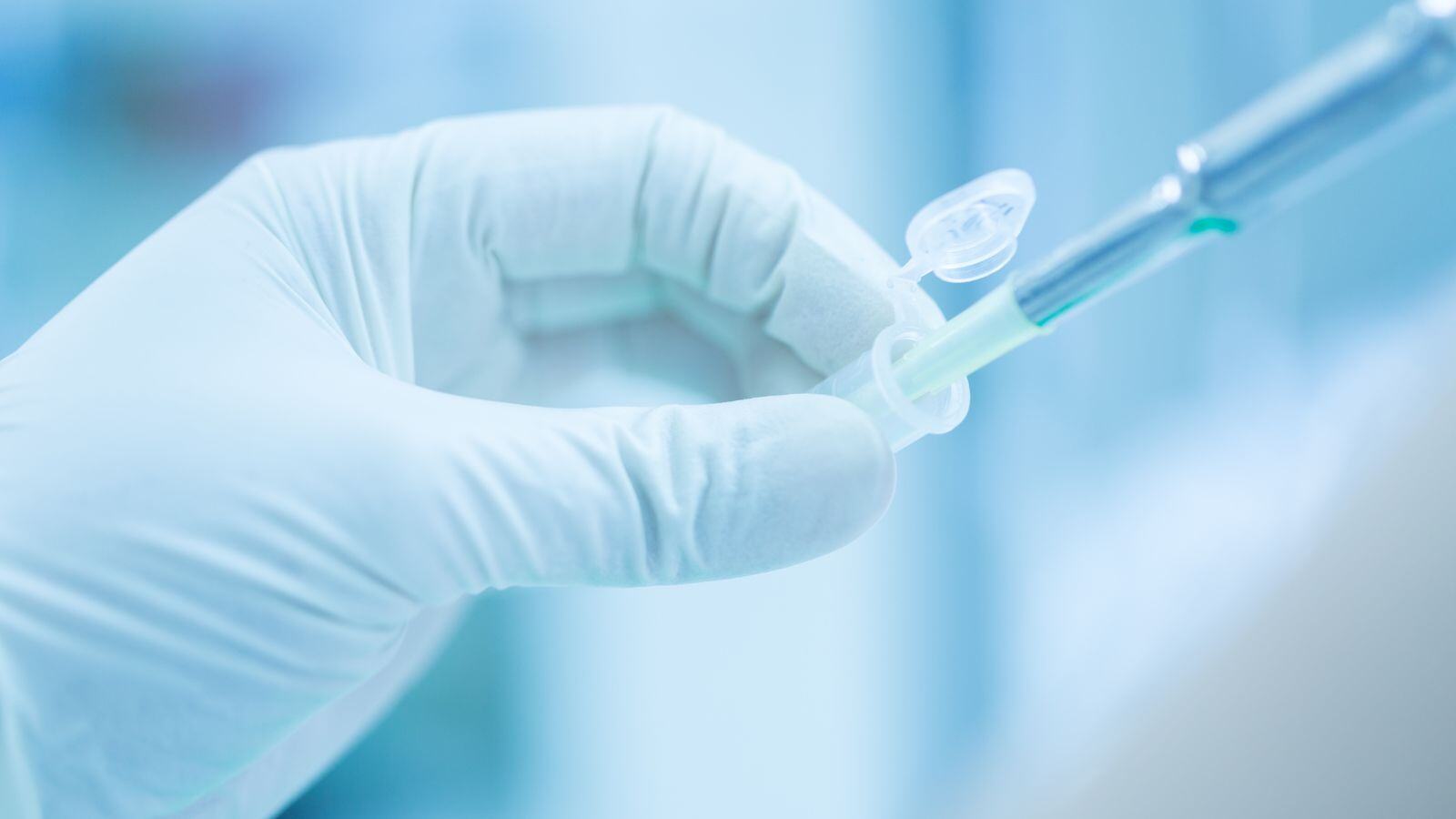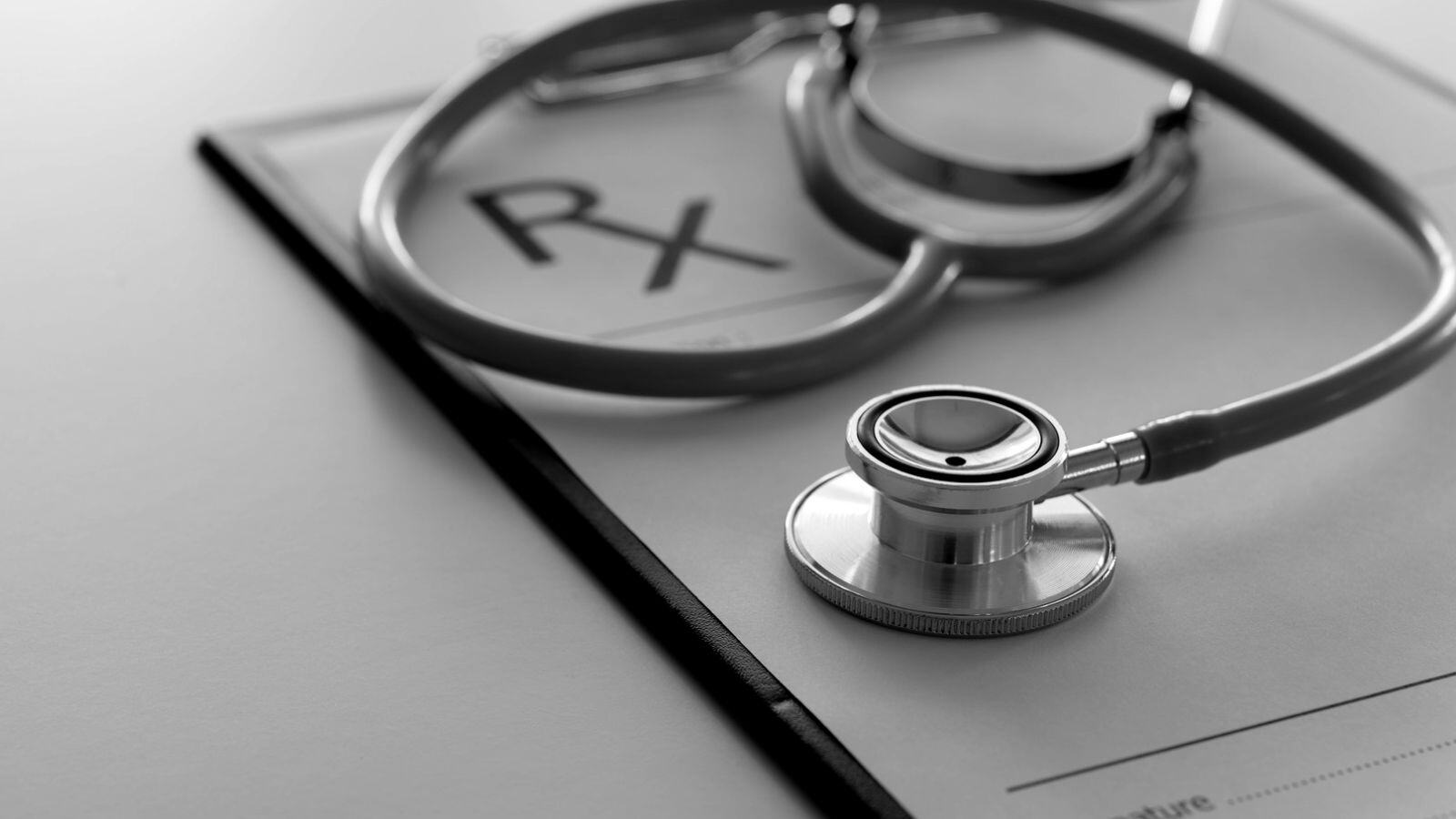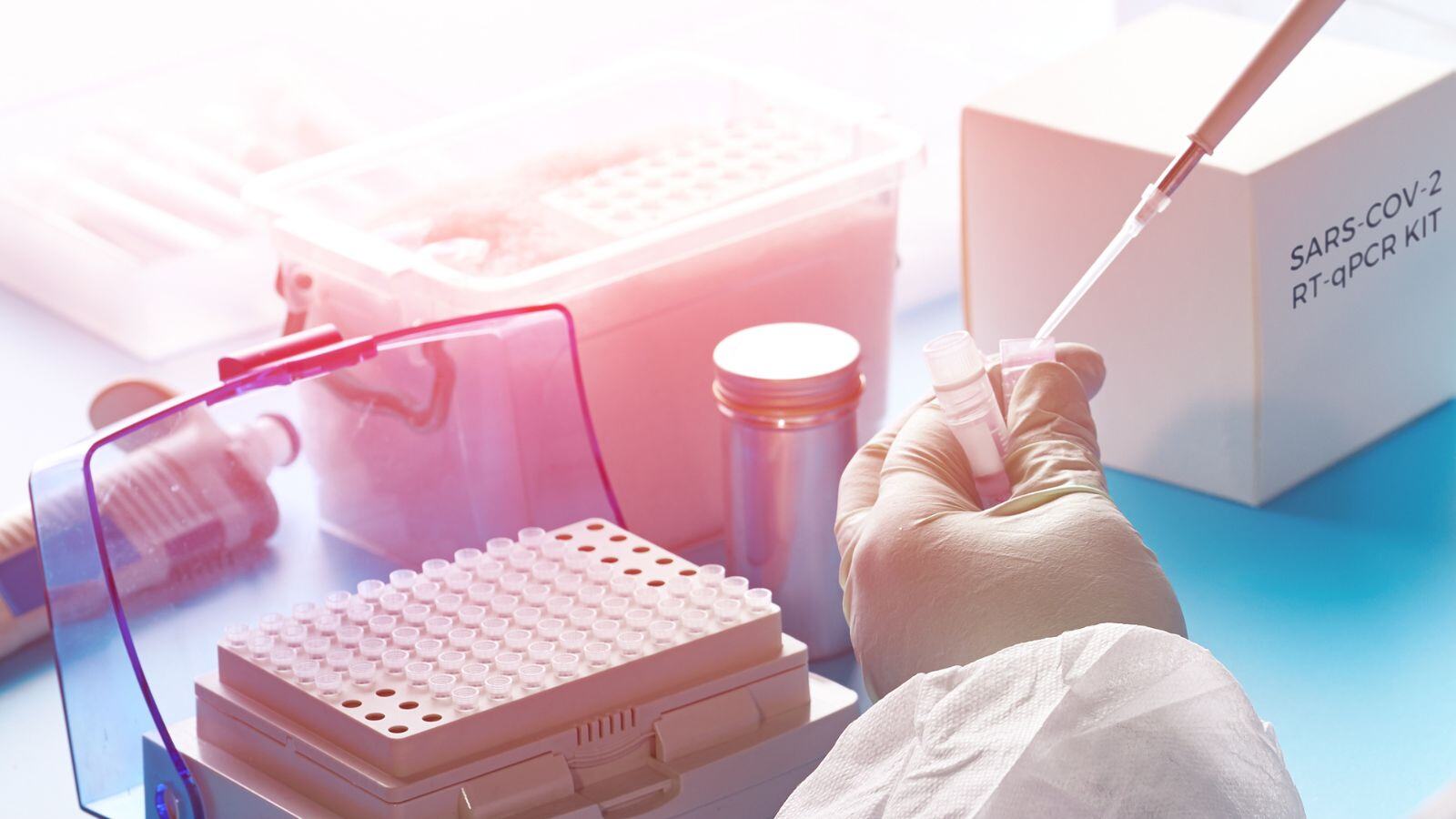1. Start with a clear intended purpose
- Function: The function of the assay will determine the clinical performance characteristics you need to evaluate and the regulatory requirements you’ll need to meet. It will also define the study population that needs to be evaluated.
- Qualitative vs. Quantitative: Whether the assay provides qualitative results or quantitative measurements will affect the performance characteristics that apply to the assay and study setup as well as performance requirements.
- Specimen Type: The type of specimen plays a critical role. For example, if the sample involves “surgically invasive sample-taking for the purpose of the performance study,” Annex XIV requirements apply.
- Intended User: Devices for self-testing or near-patient testing require performance and usability testing in relevant environments. Summative usability studies are typically conducted during the validation phase, and efficiencies can be achieved by aligning these with the clinical performance study.
A clear and detailed intended purpose statement ensures that your clinical performance strategy is aligned with how the device will be used in real-world clinical settings.
Clinical performance may not be required for certain devices. For example, clinical performance data may not be expected for some class A devices. In such cases a due justification must be given.
2. Know the State of the Art
Understanding the State of the Art is essential to define the clinical performance criteria that should be reached. This step ensures that your device meets current standards and expectations by:
- Applicable guidance documents and regulations: Identify relevant regulations, standards or guidance documents, such as common specifications, that apply to your device.
- Researching similar devices: Reviewing similar devices already on the market provides insight into the performance and features of similar products. This serves as input to define acceptance criteria for the clinical performance of your device.
- Identifying reference methods or materials: Determining whether certified reference materials or methods exist for your device is essential for defining the strategy of your clinical performance, especially for quantitative methods.
By understanding the state of the art, you can ensure that your device meets the current standards and is competitive within the market.
Once you’ve established the intended purpose and understood the state of the art, you can define the appropriate clinical performance characteristics for your device, such as Diagnostic sensitivity and specificity, positive and negative predictive values, expected values in normal versus affected populations, …
It is equally important to establish acceptance criteria for each characteristic, ensuring they align with the state of the art and regulatory expectations.
4. Assess Available Clinical Performance Data
For devices already on the market, in Europe or in other jurisdictions, clinical performance data may already be available. This data can come from previous performance evaluation studies, scientific peer-reviewed literature or routine diagnostic use.
If sufficient data exists to support your device’s claims and performance characteristics, additional studies may not be necessary. However, it’s important to critically evaluate the data to ensure it aligns with your intended purpose and performance criteria.
In some cases, clinical performance can be demonstrated in an indirect way based on published data obtained with a reference device which is considered an established and standardized device.
For new or novel devices, you will likely need to conduct performance studies to validate the device’s claims and meet regulatory requirements.
By addressing each of these elements systematically, you can develop an effective clinical performance strategy. This approach will not only ensure your IVD device meets regulatory standards but also positions it for success in the market.







.png?width=109&height=108&name=Pharma%20(2).png)
.png?width=111&height=108&name=Medical%20Devices%20(2).png)
.png?width=84&height=107&name=IVD%20(2).png)




.png)








